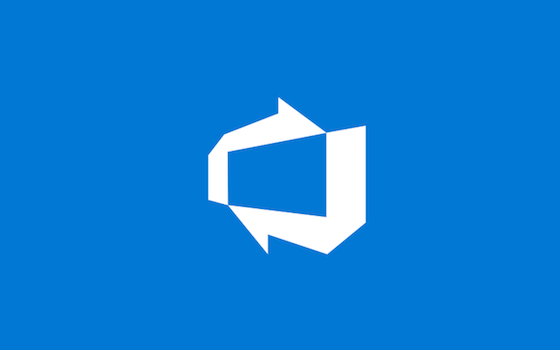


Test & Feedback extension – Create artifacts

Test & Feedback – Capture your findings

Parallel Test Execution

Tracking branch health and identifying flaky tests in RM driven test automation

Announcing General Availability for Test & Feedback extension (formerly Exploratory Testing extension)

Cloud-load testing service is hyper-scale ready: lessons from generating 1M concurrent user load

Run cloud-based load tests using your own machines (a.k.a. Bring your own subscription)

Announcing MSTest V2 Framework support for .NET Core 1.0 RTM


 Light
Light Dark
Dark